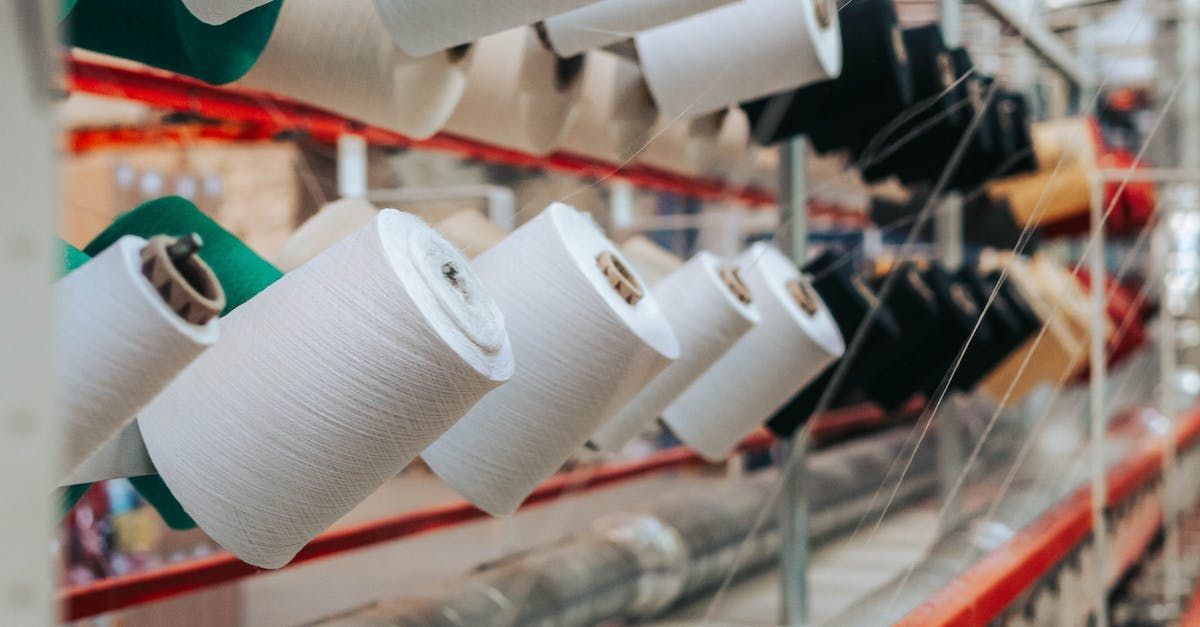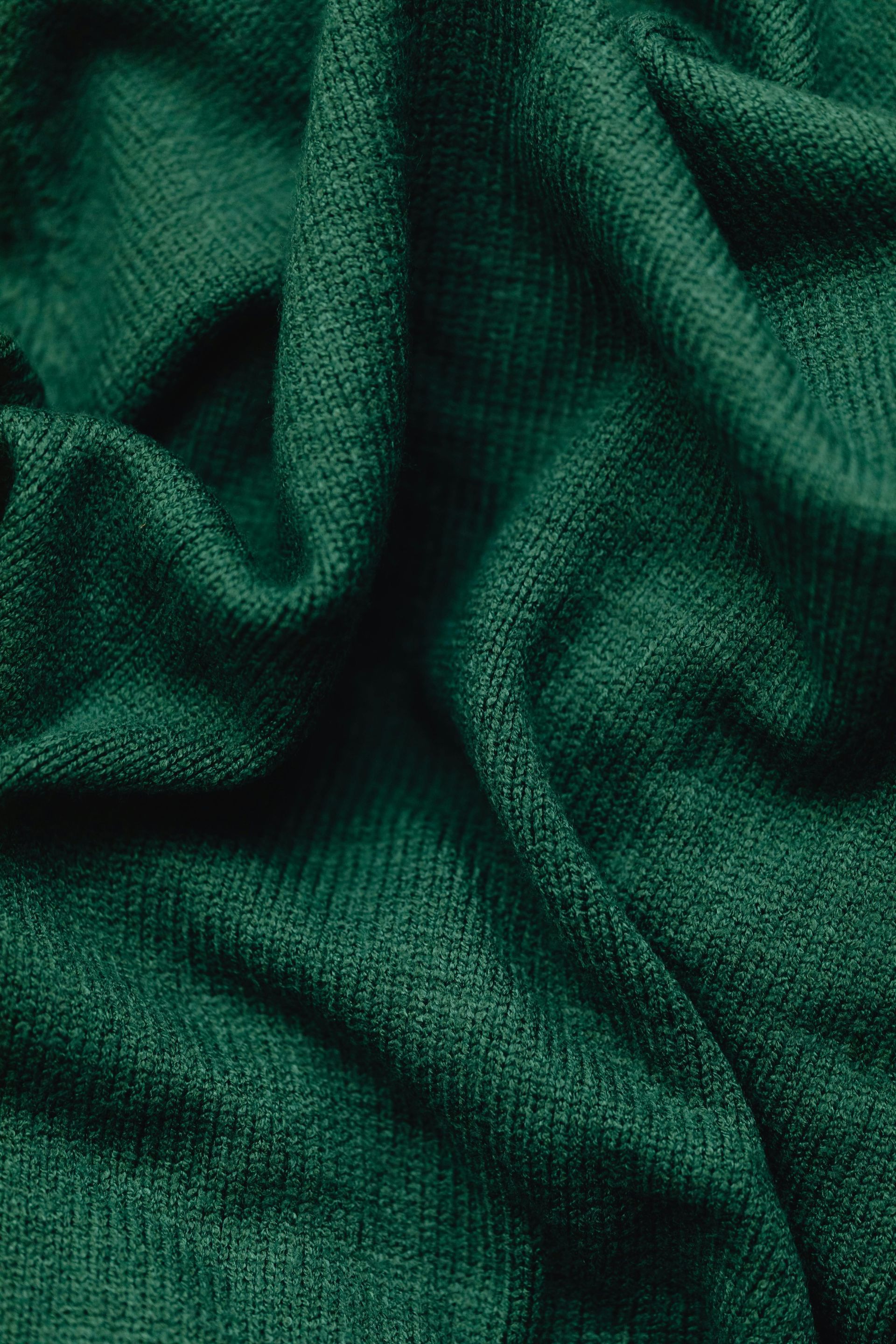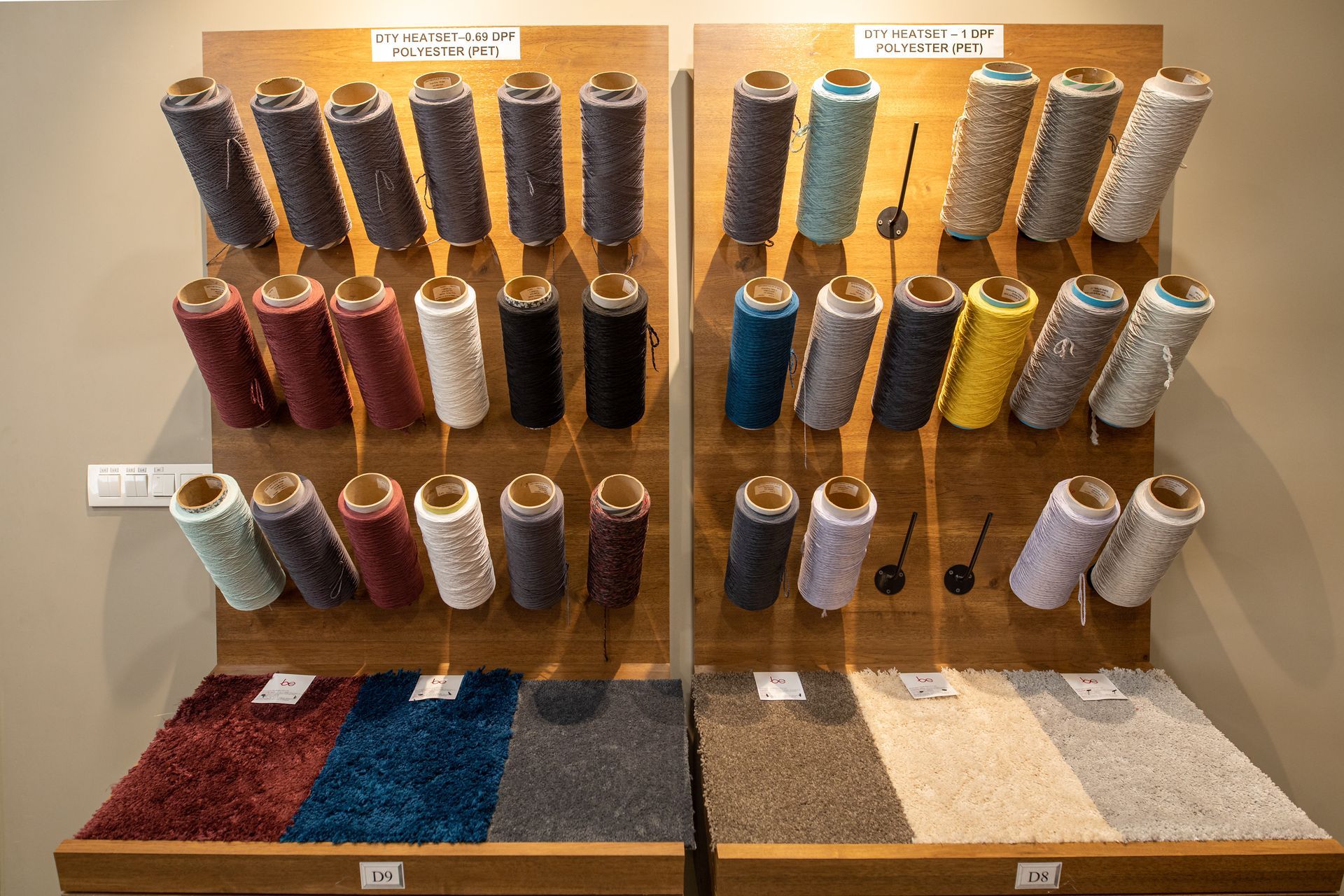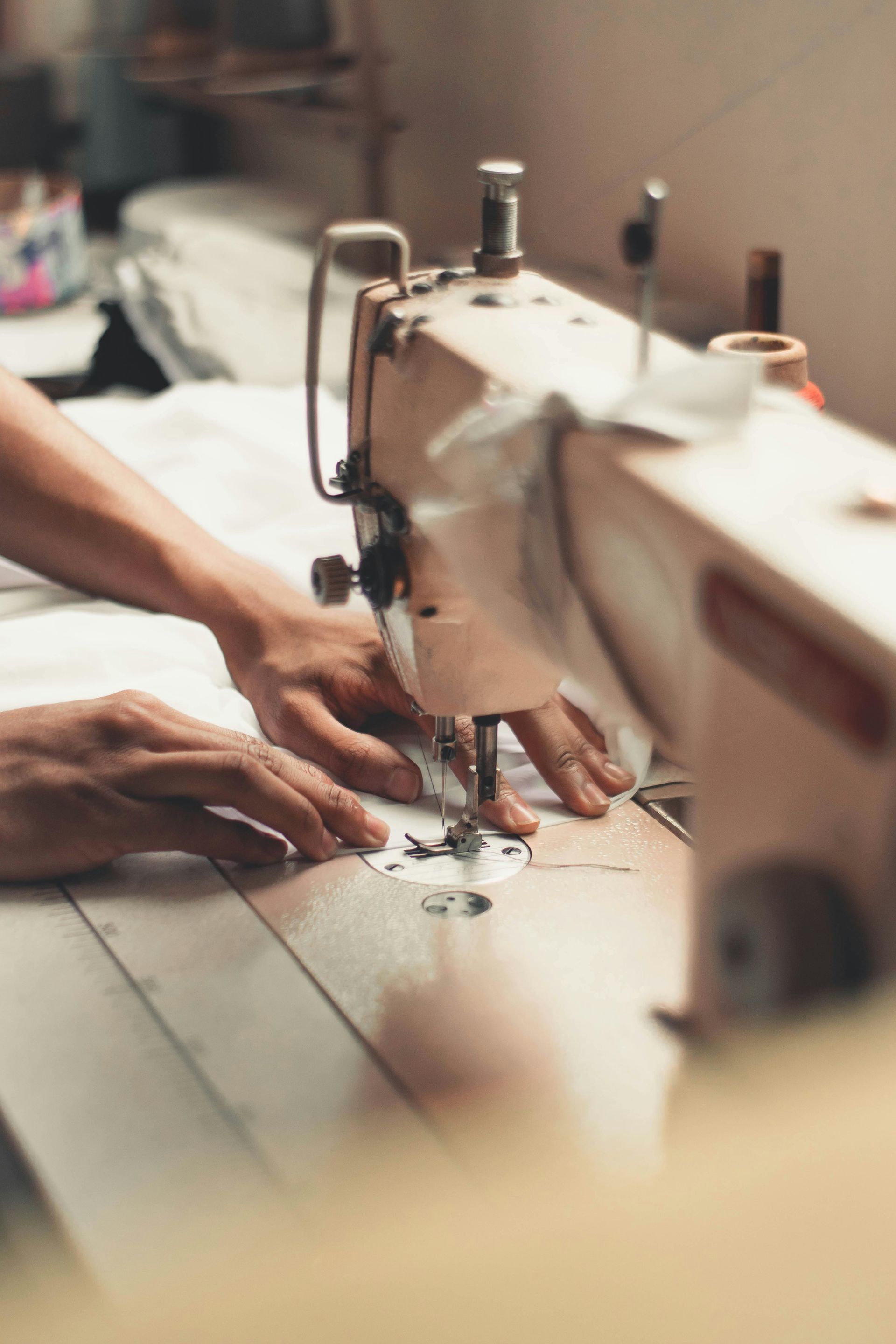Nylon vs. Polyester: Exploring the Differences in Synthetic Fibers
Synthetic fibers have revolutionized the textile industry, offering a wide range of versatile and durable options. Two popular synthetic fibers, nylon and polyester, are widely used in various applications, from apparel to carpets. In this article, we will delve into the characteristics and differences between nylon and polyester, shedding light on their unique properties and helping you make informed choices when selecting materials for your needs.
1. Composition
-
NylonList Item 1
Nylon is a synthetic polymer that belongs to the family of polyamides. It is made by combining different chemicals and undergoing a process known as polymerization. Nylon fibers are known for their high strength, resilience, and elasticity.
-
PolyesterList Item 2
Polyester, on the other hand, is a synthetic polymer belonging to the polyester family. It is made from petroleum-based chemicals through a process called polymerization. Polyester fibers are known for their exceptional durability, wrinkle resistance, and ease of care.
2. Strength and Durability
-
NylonList Item 1
Nylon fibers are incredibly strong, making them suitable for applications that require high tensile strength and resistance to abrasion. It is commonly used in products like ropes, outdoor gear, and hosiery. Nylon has excellent elastic recovery, allowing it to maintain its shape even after stretching.
-
PolyesterList Item 2
Polyester fibers are also strong and durable, but they are generally not as strong as nylon. However, polyester has superior resistance to UV rays, moisture, and mildew, making it a popular choice for outdoor and water-resistant applications. Polyester fibers retain their shape and color well over time, making them suitable for garments and home furnishings.
3. Moisture Absorption and Quick-Drying
-
NylonList Item 1
Nylon has relatively high moisture absorption properties, meaning it can absorb and retain moisture. While this can be advantageous in certain applications, it can also make nylon garments feel damp and take longer to dry. However, advancements in technology have led to the development of moisture-wicking nylon fabrics that help manage perspiration and keep the wearer dry.
-
PolyesterList Item 2
Polyester fibers have low moisture absorption rates, making them hydrophobic. They do not retain much moisture, allowing them to dry quickly. Polyester is often used in activewear, swimwear, and outdoor gear where moisture management and quick-drying are essential.
4. Breathability and Comfort
-
NylonList Item 1
Nylon fibers are not as breathable as polyester. They tend to trap heat and moisture close to the skin, making them less suitable for hot and humid conditions. However, nylon fabrics can be engineered with special additives or weaves to enhance breathability and improve comfort.
-
PolyesterList Item 2
Polyester fibers are more breathable than nylon and offer better moisture-wicking properties. They allow air to circulate and moisture to evaporate, providing a comfortable wearing experience, especially in active or warm environments. Polyester is often blended with other fibers to enhance breathability and comfort.
5. Care and Maintenance
-
NylonList Item 1
Nylon fabrics are generally easy to care for and maintain. They are machine washable, quick-drying, and resistant to wrinkling. However, some nylon fabrics may be prone to static buildup.
-
PolyesterList Item 2
Polyester fabrics are known for their easy care and low maintenance. They are machine washable, wrinkle-resistant, and tend to hold their shape well. Polyester garments often require minimal ironing and can withstand repeated washings without losing their color or shape.

Nylon and polyester are both versatile synthetic fibers with their own unique characteristics and advantages. Nylon excels in strength, elasticity, and abrasion resistance, while polyester offers superior durability, moisture resistance, and ease of care. Understanding these differences can help you choose the most suitable material for your specific application, whether it's clothing, home furnishings, or outdoor gear. Ultimately, personal preferences, performance requirements, and intended use should guide your decision in selecting between nylon and polyester.
Beekaylon has a wide variety of products serving a diverse range of markets from automotives to home furnishings. Being the market leaders in polyester filament and dope dyed yarn, we strongly believe in innovation. That is the reason we have invested heavily in setting up a cutting edge R & D wing to develop new products for the market.



